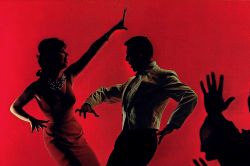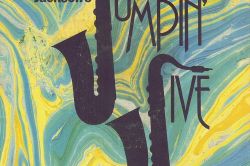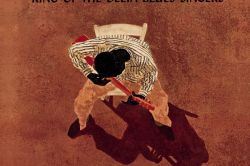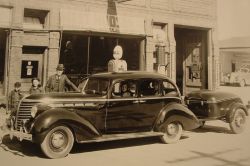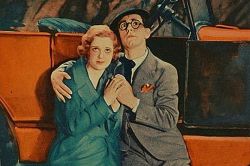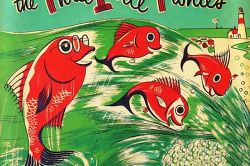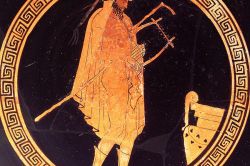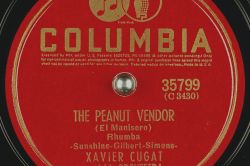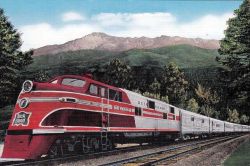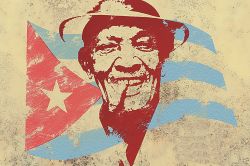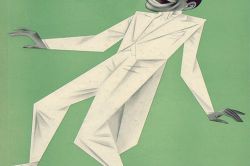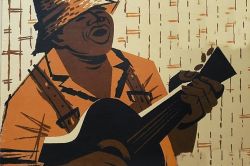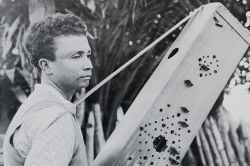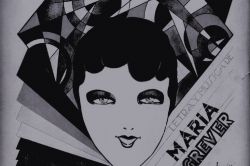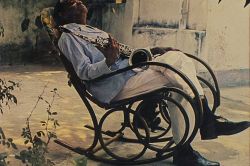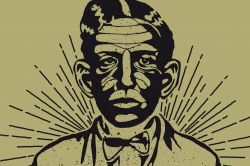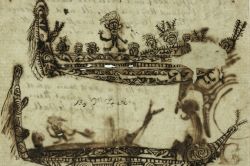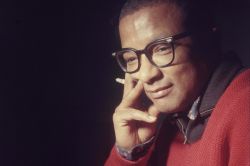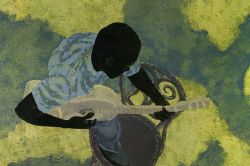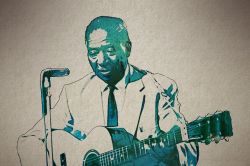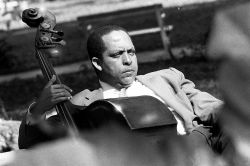1930s
The music of the 1930s underwent a dramatic change from the trends of the previous decade through the introduction of the novel inventions of the electric organ and electric guitar which still remain a crucial part of popular music.
Invented in 1931 by George Beshamp, the amplified electric guitar was adopted by jazz players, who wanted to play single-note solos in large big band ensembles. Since then, the electric guitar has become the most played instrument in the world.
Vintage 1936 Gibson ES-150 Electric Guitar:
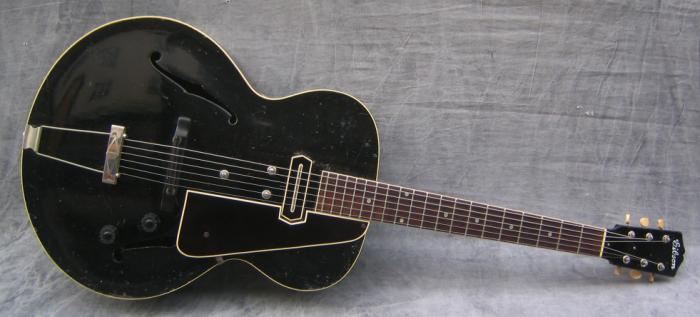
In 1933, Laurens Hammond introduced his Hammond organ which, in addition to being popular in churches, expanded the possibilities of small pop ensembles.
Jazz music, in particular, changed with the transition to a sweeter sound. Big bands, on the other hand, transformed it into the danceable swing music. Musical films influenced pop culture: it was a common practice of the time for many film stars to also run with a singing career.
The Prohibition era illustration of one of the banned radio stations, otherwise called pirate radios or "border-blasters" that tended to broadcast from Mexico:
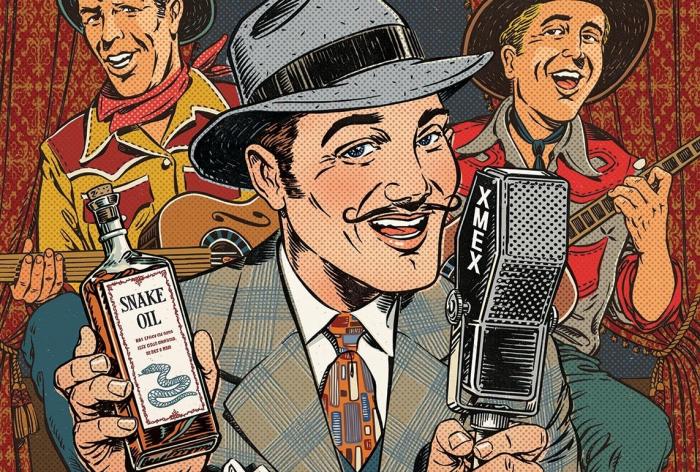
The radio introduced more music genres than the people had ever heard before. The music industry began expanding by keeping track of and measuring the popularity of records through sales. In 1936, Billboard magazine started publishing Hit Parade as a list of the most popular songs of the time.
